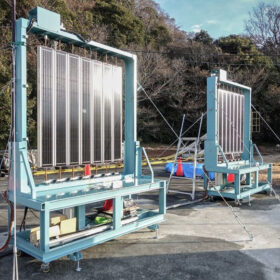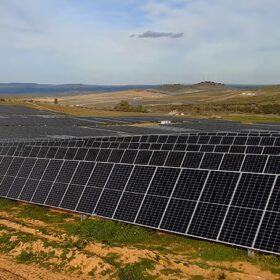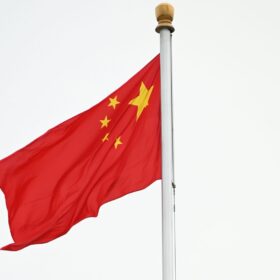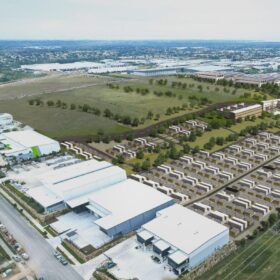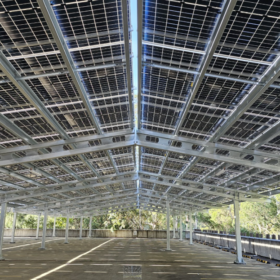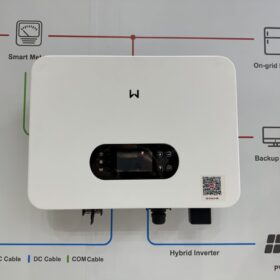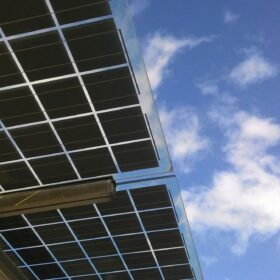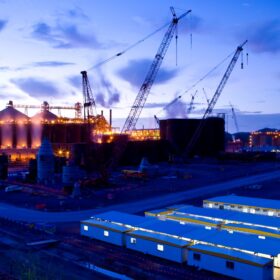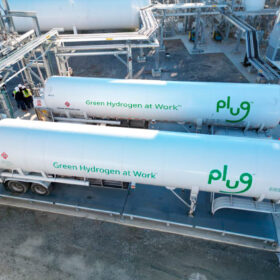BIPV concept integrates louvres to enhance power production
Scientists have proposed a building-integrated PV system that integrates airflow to cool the panels and control room temperature. The system, which also acts as a shading device, can reportedly mitigate drops in power generation efficiency without additional energy consumption.
Masdar makes 1 GW move into Philippines power market
United Arab Emirates-based renewable energy company Masdar has announced its entry into the Philippines market, revealing plans to develop 1 GW of clean energy projects in the Southeast Asian nation by the end of the decade.
China hits 277.17 GW of new PV installations in 2024
China’s cumulative installed solar capacity hit 886.66 GW at the end of 2024, with 277.17 GW of new annual installations, up 45.48% year on year. The deployment surge exceeded forecasts, setting a new historical record for PV installations.
Quinbrook lands new finance for big Brisbane battery
Quinbrook Infrastructure Partners has closed a $722 million financing deal that will support the development of the early stages of a planned 760 MW / 3,096 MWh battery energy storage system being built in Queensland.
Ausgrid adds community battery to support solar
New South Wales network operator Ausgrid has added another community battery to its portfolio, powering up a 200 kW energy storage system in the Sydney suburb of Cammeray.
Solar canopy provides smart solution for on-site energy
Pharmaceutical giant AstraZeneca has transformed an underused space at its Sydney headquarters into a renewable energy asset with the installation of a 617 kW solar car shade.
GoodWe unveils hybrid inverters for homes with weak wireless service
GoodWe says its ES Uniq Series hybrid inverters suit on-grid and off-grid applications, offering a maximum efficiency of 97.6% and a European efficiency of 96.2%.
Malaysia opens bidding for 2 GW of large-scale solar
Malaysia’s Energy Commission has launched an open tender seeking 2 GW of large-scale solar projects with capacities ranging from 10 MW to 500 MW to support the nation’s clean energy transition.
Government pledges $2 billion to drive aluminium sector’s renewables shift
The Australian government has announced a $2 billion investment designed to accelerate the decarbonisation of the nation’s aluminium smelters, encouraging them to switch from fossil fuels to renewable electricity within the next decade.
AGA seals deal with Plug Power for 3 GW electrolyser system
Allied Green Ammonia has signed and sealed a purchase agreement with Plug Power to supply 3 GW of electrolyser capacity for its large-scale green hydrogen production project being developed in the Northern Territory.
